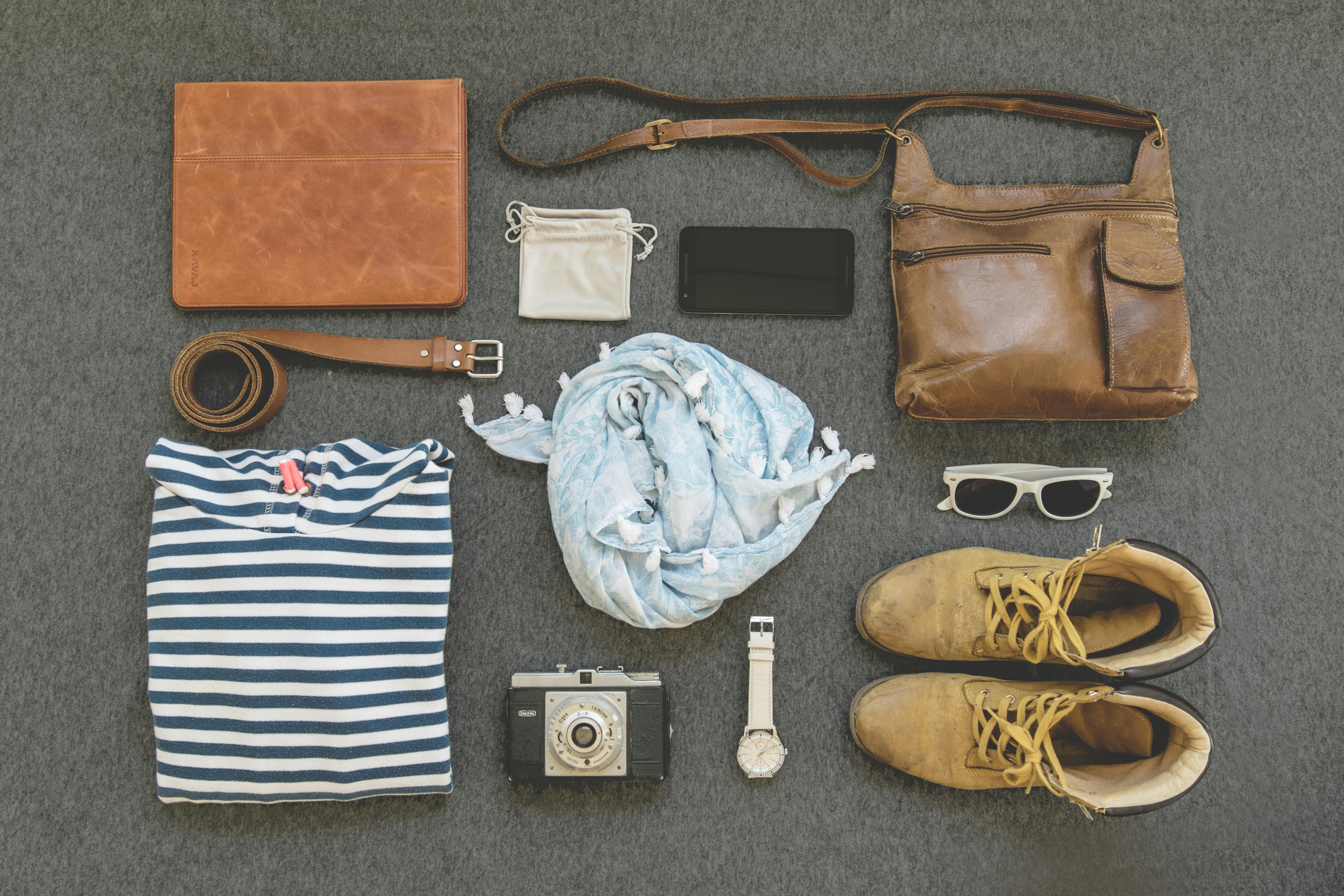
Find out some interesting facts about Belgrade, the capital of Serbia
The rocky hill above the junction of two powerful European rivers, the Danube and the Sava, was perfect for establishing the city. Over the centuries, the city has changed many neighbors and lords, its physiognomy and size, but never its dominant position. Its walls would whitewash newcomers from the river, which is why it was eventually named Beograd (Serbian translation: a white city). The traveler who sailed under the walls of Belgrade from distant lands would be amazed by its solid fortress, the height of the tower and the symmetry of the castle on top of the hill. Driven by the river breeze, gliding past the city, new buildings, streets and squares, a ship would end up finding its peace in one of the city’s ports. And the traveler whom we now call a tourist could see in the ship’s calendar that it is the year 1403, the beginning of the 15th century. That year, for the first time, Belgrade became the capital of Serbia. At that time, the despot Stefan, son of Prince Lazar, was the lord of Serbia. Seeking a place to establish the capital of Serbia in the far north, through skillful diplomatic negotiations he managed to acquire Belgrade from the Hungarians. It took him just 23 years to turn a completely devastated and deserted area into a shiny new city. In the Letter issued in the city, the despot Stefan wrote: I have found the most beautiful place since time immemorial, the great city of Belgrade which, by the way, is in ruins and deserted. I picked it up and dedicated it to the Blessed Virgin.
As an educated and sophisticated man, the author of the most beautiful lines of ancient Serbian literature and an avid reader, Despot Stefan primarily wanted to make Belgrade an economic, cultural and religious center of the country.
With many significant economic benefits written in the Charter, which had a golden seal with the image of the city, Despot Stefan has attracted many merchants, craftsmen and other residents, from his country and from other countries. Wishing to provide a safe stay for all newcomers to the city, Despot Stefan first restored the old fortifications, defensive towers, and walls.
Stefan then built “Gornji grad” (the upper city) and a palace complex as a separate entity protected by a powerful tower, called Nebojsa, and a gate with a movable bridge. There he lived with his family and other nobles.
However, city life took place in the lower city, where the drive for trade and crafts through Despot’s reductions was so overwhelming that the city grew tenfold. Aside from Serbian traders, Belgrade was largely inhabited and visited by Dubrovnik citizens and Hungarians, and smaller numbers of French, Italian, Venetian, and others. In today’s terms, one could conclude that, among other things, Belgrade was a fairly developed tourist city where people went shopping. The Belgrade market offer was rich and varied. Most of the exported goods were minerals, lead, copper, mercury and precious metals, silver and gold. Leather, wax and cheese followed. Salt, spices, sweets, expensive fabrics, clothing, and jewelry beads were imported. This means that the purchasing power of Belgrade citizens was at a high level as there was such a demand for luxury items. In such a richly populated city there was a religious seat of the Serbian state, a seat of the Belgrade metropolitan. For this, the despot builds the metropolitan church “Uspenije preciste Vladicice”, on the eastern side of the city in a spacious garden decorated with various plantings. In addition to this there were several churches and even a Catholic diocese used by foreigners.
Belgrade achieved development of this kind thanks to a peaceful period and the skillful and wise policy of despot Stefan, so the many towers and walls did not have to serve to protect against enemies. Travelers from various places, east and west, north and south, could safely visit the capital of Serbia.
Belgrade warmly received them and they will have a nice memory. Belgrade remains such a hospitable and friendly city. Then visit Belgrade, a city that first became the capital of Serbia 600 years ago, and to this day remains a cultural, economic and tourist center.